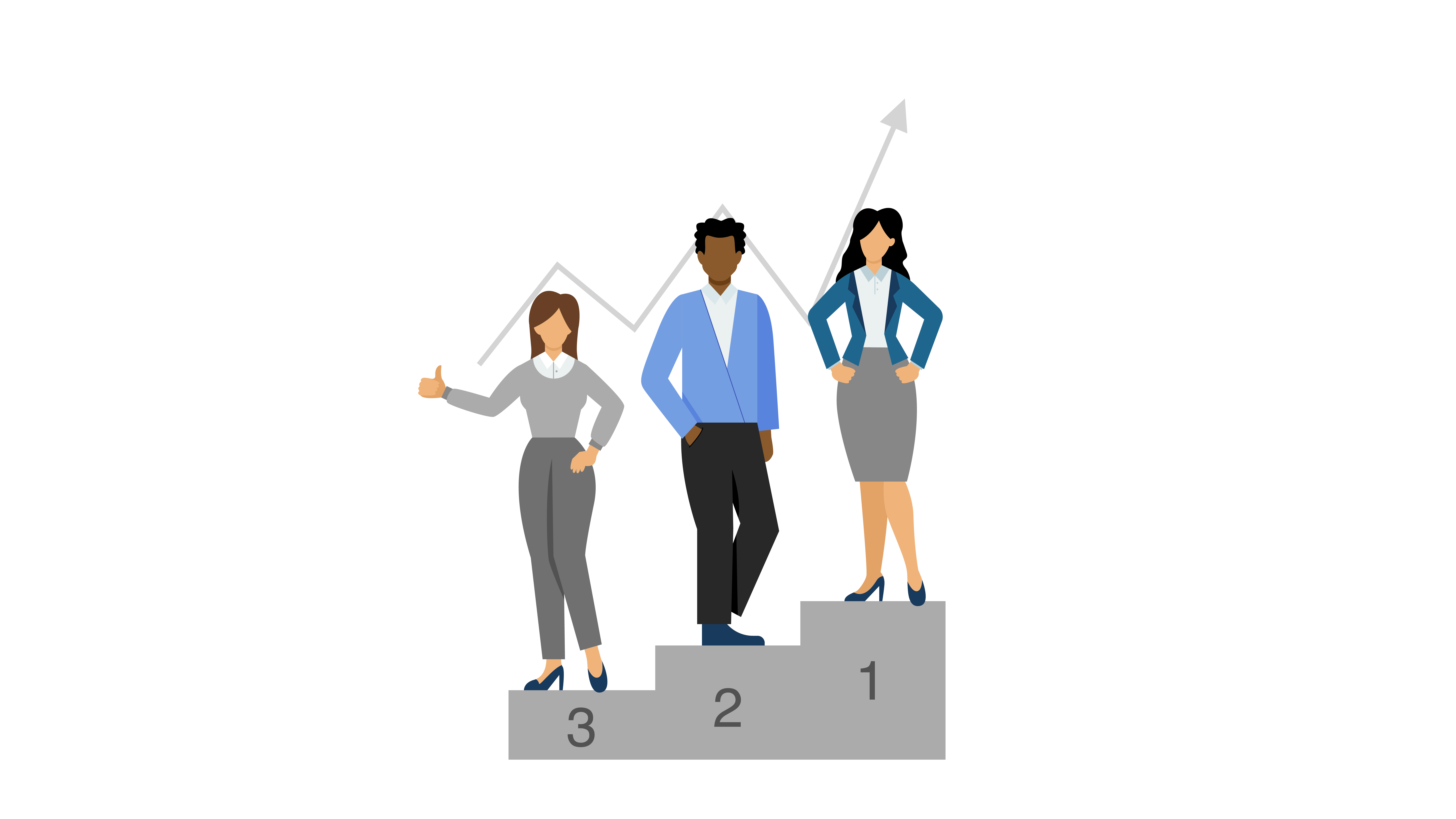All Categories
Featured
Modern businesses require central locations for Customer Data Platforms (CDPs). This is a critical tool. These applications provide an improved and complete picture of customers' needs that can be used to target marketing and personalize the customer experience. CDPs provide a variety of features, including data governance, data quality and formatting of data. This helps customers comply in how they are stored, used and used. With the capability of pulling data from various APIs such as the CDP will also allow organizations to make the customer the heart of their marketing strategies and enhance their operations. It also allows them to get their customers involved. In this article, we will look at the benefits of CDPs to organizations.
cdp define
Understanding the functions of CDPs. The Customer data platform (CDP) is a piece of software that lets companies collect, store and manage the customer's information from one central place. This provides a clearer and complete picture of your customer and lets you target marketing and customize customer experience.
-
Data Governance Data Governance: One of the primary aspects of the CDP is the ability to categorize, safeguard, and monitor information being integrated. This involves profiling, division and cleaning of data that is incoming. This will ensure that the data is in compliance with laws and regulations.
-
Data Quality: Another crucial element of CDPs is ensuring that the data that is collected is of high quality. That means data needs to be entered correctly and meet the standards of quality desired. This will reduce the need to store, transform, and cleaning.
-
Data formatting Data formatting CDP can also make sure that data adheres to a specific format. This makes sure that certain types of data, like dates, match across customer information and that the data is entered in a rational and consistent way. customer data platform
-
Data Segmentation The CDP lets you segment customer data in order better understand different customers. This allows you to test different groups against one another to determine the appropriate sample distribution.
-
Compliance: The CDP lets companies manage customer information in accordance with the law. It allows you to specify safe policies and classify information based on these policies. You can even detect compliance violations while making decisions about marketing.
-
Platform Selection: There's many CDPs available, and it is vital to know your requirements prior to selecting the one that is best for you. Think about features such as data privacy , as well as the possibility to pull data from other APIs. cdp product
-
Making the Customer the Center Making the Customer the Center CDP permits the integration of real-time data about customers. This allows for immediate accuracy of precision, accuracy, and unison which every department in marketing requires to boost efficiency and engage customers.
-
Chat, Billing and More Chat, Billing and More CDP makes it easy to identify the context that is needed for excellent discussions, regardless of whether you are looking at billing or past chats.
-
CMOs and big-data: Sixty-one percent of CMOs think they are not leveraging enough big data according to the CMO Council. The 360-degree view of customers offered by CDP CDP is an excellent approach to address this issue and enable better customer service and marketing.
With numerous different types of marketing innovation out there every one usually with its own three-letter acronym you might question where CDPs originate from. Although CDPs are among today's most popular marketing tools, they're not a completely originality. Instead, they're the current action in the development of how marketers manage consumer information and customer relationships (Customer Data Platform Cdp).

For a lot of online marketers, the single most significant worth of a CDP is its ability to segment audiences. With the abilities of a CDP, marketers can see how a single client communicates with their company's various brands, and identify opportunities for increased customization and cross-selling. Obviously, there's far more to a CDP than division.
Beyond audience division, there are three huge reasons that your company might desire a CDP: suppression, personalization, and insights. One of the most intriguing things marketers can do with information is recognize customers to not target. This is called suppression, and it belongs to delivering really personalized client journeys (Cdp Analytics). When a client's unified profile in your CDP includes their marketing and purchase data, you can suppress advertisements to consumers who've currently made a purchase.

With a view of every customer's marketing interactions linked to ecommerce data, website check outs, and more, everybody throughout marketing, sales, service, and all your other teams has the possibility to understand more about each consumer and deliver more customized, pertinent engagement. CDPs can help marketers address the origin of a number of their most significant daily marketing problems (Cdps).
When your data is disconnected, it's more challenging to understand your consumers and develop meaningful connections with them. As the number of data sources utilized by online marketers continues to increase, it's more crucial than ever to have a CDP as a single source of truth to bring it all together.
An engagement CDP utilizes consumer information to power real-time personalization and engagement for consumers on digital platforms, such as websites and mobile apps. Insights CDPs and engagement CDPs make up the majority of the CDP market today. Really couple of CDPs include both of these functions equally. To choose a CDP, your business's stakeholders should consider whether an insights CDP or an engagement CDP would be best for your requirements, and research the couple of CDP options that include both. What is Customer Data Platform.
Redpoint GlobalLatest Posts
The Importance of Data Quality in Achieving Marketing Goals
The Advantages of Segmenting Customer Data with a CDP
CDPs and the Role of Data Governance in Compliance